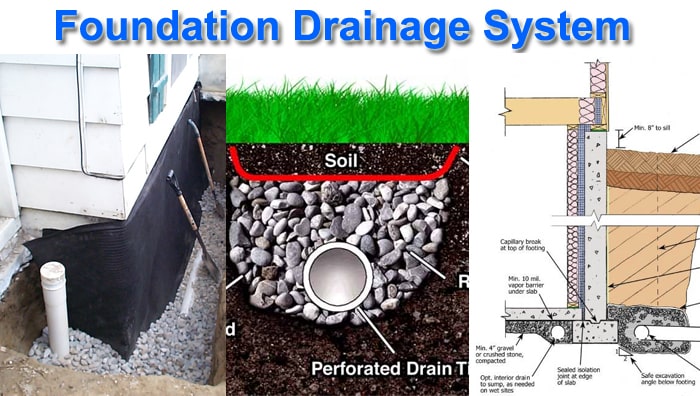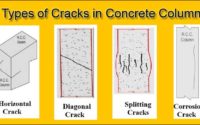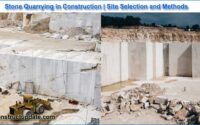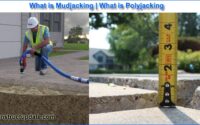Foundation Drainage Types | Components of Foundation Drain | Foundation Drainage Advantages, Disadvantages
What is Foundation Drainage?
Foundation drains are pipes put beneath your foundation or basement floor to collect water and transport it away from your home, preventing your basement from flooding.
If your house was built after 1920, foundation drains are a network of pipes beneath the basement floor that is supposed to catch groundwater before it seeps into your basement. If your house was built before 1954 (approximate year), your foundation drain is most likely immediately connected to the sanitary sewer near your floor drain via a palmer valve.
A foundation drain is a gravel-covered exterior drainage system constructed on the outer face of the foundation wall and near the wall footing for the purpose of draining excess water seeping into the foundation.
Types of Foundation Drainage:
French Drain:
A “French Drain” is an underground outdoor drain line designed to convey water away from a building and into a drywell or catch basin. Our diagram depicts how water is removed from roof runoff that flows down a gutter.
Footing Drain:
A footing drain is an exterior foundation drainage system that is installed outside the foundation wall near the wall footing, covered with gravel at the level we show, and if the footing drain is going to do anything, it is piped to daylight or to a catch basin, which is then pumped to daylight or to a storm drain.

Components of Foundation Drainage System Include Following:
Gutters and downspouts are well-maintained and directed below the soil surface.
Trees must be kept at a safe distance from the building or foundation (should not be closer to the structure than their mature height)
Moisture consistency in the soil (ensure that water can drain from the soil and be replenished effectively).
Drainage of surface water (ground should have a minimum slope of 3 percent to move water away from the foundation wall).
Drains in channels (to trap water and direct it away from the foundation).
Drainage boards for the foundation (installed on the outside of concrete walls to direct water to the drain tile, used in conjunction with waterproofing membranes).
Rigid drain tile is used for subsurface drainage (either connected to a sump pump system or directed to daylight exposure).
Drain pipes go alongside the footing of the foundation.
Building codes are followed (international code requires drain pipe for most structures with concrete or masonry below grade).
Synthetic materials and geotextiles (many modern drainage systems now incorporate these materials to prevent fine soil particles from passing through and clogging drain pipes).
Advantages of Foundation Drainage:
It decreases the risk of settling by preventing water collection near the foundation. Stagnant water can also boost mosquito breeding and cause plant deterioration.
Installing a foundation drain can help to prevent soil erosion.
Draining water properly can aid in the removal of toxic and harmful organisms from stagnant water.
Disadvantages of Foundation Drainage:
A drainage system is an expensive investment. It necessitates the use of competent and professional labour.
Because of the deposition of silt in the pipe, the perforated pipe has the disadvantage of becoming clogged on a frequent basis. As a result, foundation drain maintenance is time-consuming.
Contamination of water bodies – According to the study, nitrate can be carried by subsurface drainage systems through drain pipes and straight into bodies of water such as streams, rivers, and lakes.





